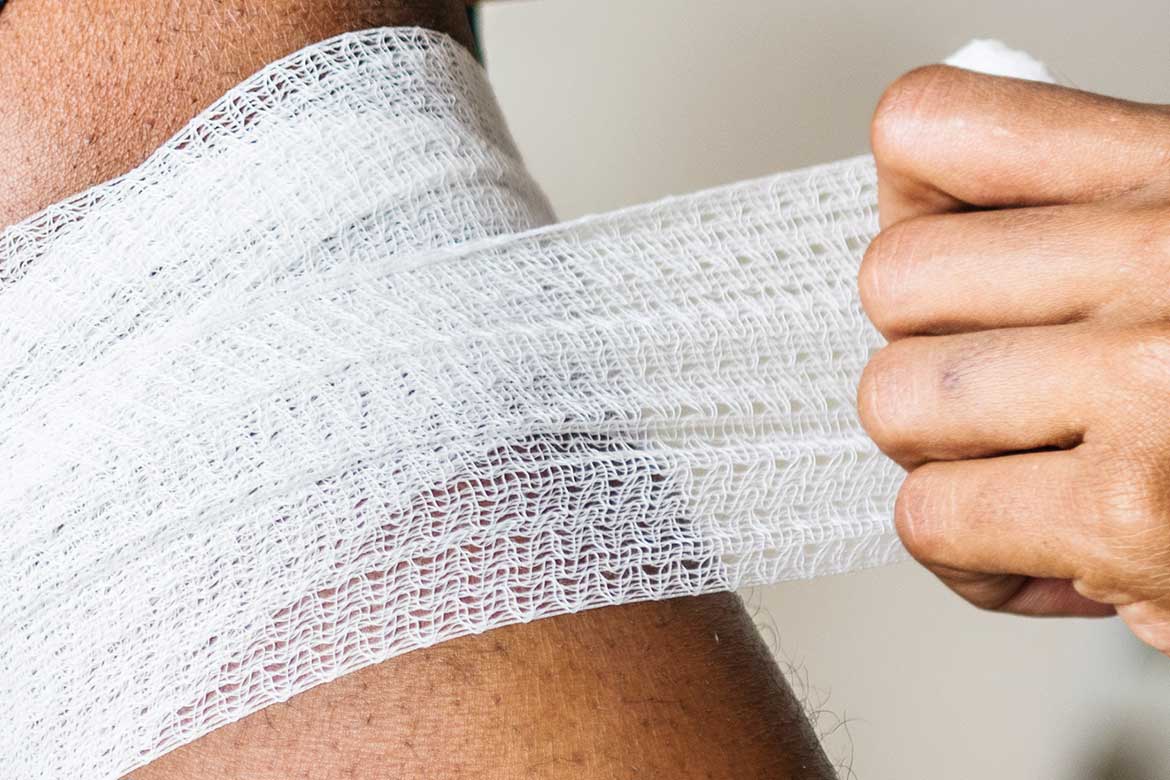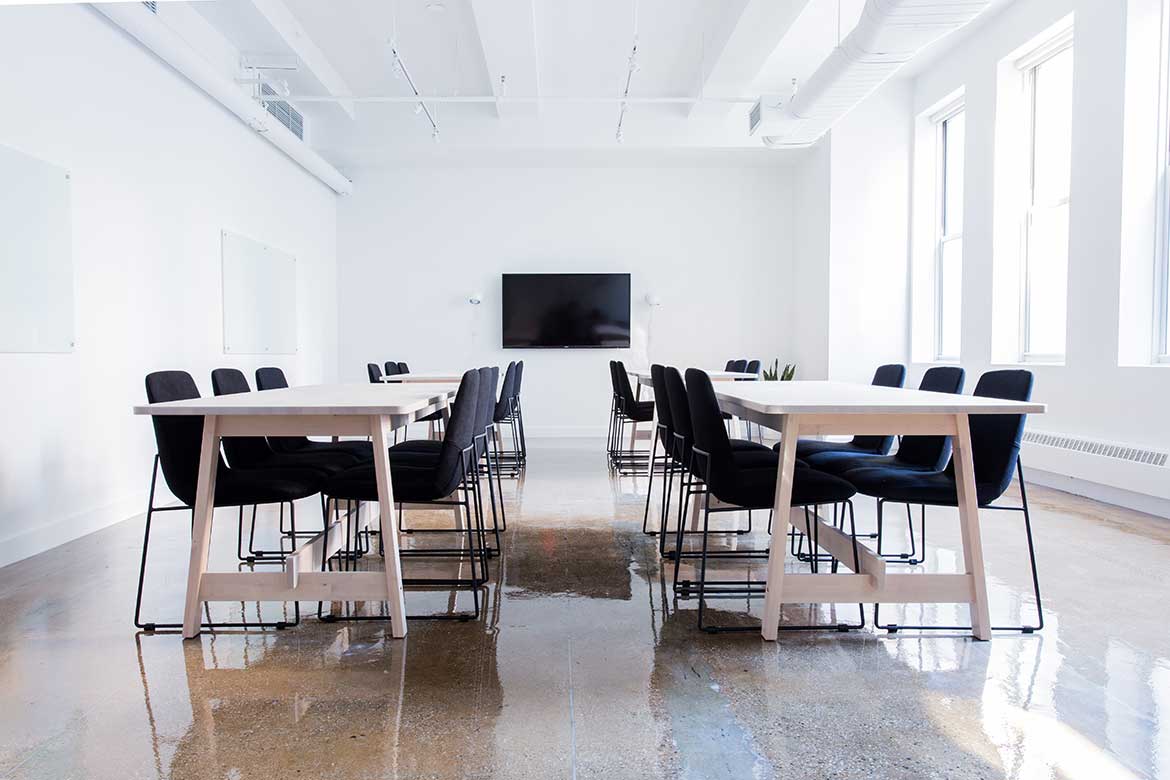13th June, 2023
How To Identify The Biggest Hazards In Your Workplace
The first step of a risk assessment is to identify hazards. But it's not always that easy to do. Some hazards might stand out and be fairly obvious. Others might be harder to spot. And it's easy to overlook some hazards when you have been carrying out an activity for a while.

When you carry out a risk assessment, your first job will be to look for hazards. Step 1 in the 5 steps to risk assessment is to identify hazards.
But it's not always easy to know what hazards you need to control. Some hazards might stand out or be fairly obvious. But some are harder to spot. Maybe they aren't always there (like bad weather or other work activities).
It's also easy to overlook some hazards. You might think some hazards are pretty obvious and not even worth noting. But what's obvious to you might not be so clear to a new or unfamiliar worker.
It's important to look at your tasks with a fresh pair of eyes when spotting hazards in your workplace.
Before you start looking for hazards, let's get a quick refresher on what a hazard is.
In health and safety, a hazard is anything with the potential to cause harm. It might not have harmed anyone yet. But if it could cause harm, then it is a hazard.
A hazard is anything with the potential to cause harm. A hazard is not a risk but it can create risks.
Spotting hazards is one of the most important parts of your risk assessment. And there is a reason why it is step 1 of the 5 steps - because every other part of your risk assessment depends on your ability to spot hazards.
- You can't look at who might be harmed unless you have identified the hazards that might harm them.
- And you can't consider what control measures you need unless you know what hazards you need to control.
Here's how to identify the biggest hazards in your workplace.
Walk around
Let's start with a quick walk around in your workplace.
Don't try to carry out your risk assessment from your desk. Yes, you will need to sit down and put your paperwork together, but initially, you need to spot hazards.
Identifying hazards isn't a written exercise - you're not writing your assessment yet. [Step 1(/blog/paperwork/what-are-5-steps-risk-assessment) of your risk assessment] is simply to gather a list of hazards.
So let's get out and look at where the task is carried out.

Walk around.
Take notes.
Observe.
You will be amazed at how much this will help you to spot hazards. You might have carried out work here a thousand times before, but when you look at the job with the purpose of just spotting hazards, this extra focus can highlight problems that you never thought of before.
If you are risk assessing a task you carry out yourself, take a step back.
Think about the activity as if you were starting it for the first time. Go through what you do. Look at the equipment, the materials, the substances and the environment.
What could harm you? What could harm others?
These are hazards, so add them to your list.
Accident records
Remember that some hazards are hard to spot. Your walk around should have given you a good list of hazards - but there are more clues to be found.
Like a good detective, let's keep digging.
Accident records are a great source of information, especially for highlighting the biggest hazards in your workplace.

The biggest hazards, if not suitably controlled, are going to cause you problems. They are going to cause harm.
- What hazards have shown up in your accident records?
- What's been causing injuries to your workers?
If a hazard hasn't hurt someone yet, that's good news. But if it is uncontrolled, it's probably an accident waiting to happen. If you have near-miss reporting in place, you can stop accidents before they happen.
Near-miss reports are a great way to spot hazards before they cause harm. Use the information you have gathered from these reports to identify hazards. Particularly ones that are not well controlled and need further consideration.
Use the free near miss report template to get near-miss reporting in place for your business.
Talk to workers
Two heads are better than one - and multiple heads are even better! Everyone looks at things slightly differently.
Workers carrying out a task every day can hold valuable information. What do they struggle with? What do they watch out for? Do they do anything differently now that they are experienced in a particular activity?
Existing workers will bring lots of experience with the task, how they do things and workarounds they might have come up with to control hazards.
New workers might have recently discovered a hazard, or bring knowledge from other sites or jobs that can be used to your advantage.
Talking to your workers has other benefits too. Consultation and involvement of your workforce is a legal requirement. It will also help create a positive health and safety culture among your team.
Think long term
Hazards come in all shapes and sizes.
It's often easier to spot immediate safety hazards than long-term health hazards.
Safety hazards could kill or injure someone immediately, for example, if you fell off a ladder, or if something hit you on the head. Safety hazards are also more likely to show up in your accident records.
But what about things like noise, vibration, and hazardous substances?
They might not harm you today - but they could ruin your tomorrow if uncontrolled. Asbestos exposure, for example, won't harm you right now. But in 10 or 20 years, that exposure could kill you.

Health hazards are just as serious as safety hazards. In fact, more people die each year from workplace exposure to health hazards than they do from safety hazards.
So, when spotting hazards, think long-term and consider not just what could harm you today, but also what could damage your health in the future.
Manufacturers instructions
You've probably uncovered most of the hazards at this stage, but we are not done yet - there are a few stones left unturned. Let's keep going!
Manufacturer advice can provide a wealth of information, and help you uncover additional hazards.
Look at:
- Manufacturer information
- Manufacturer guidance
- Safety data sheets (SDS)
- Handbooks
- Instructions
This could include how to use the equipment, how to safely store and handle a substance, and guidance on control measures. This information will usually highlight any specific hazards involved.
Always check manufacturer information when spotting hazards for a substance or equipment.
Other resources
If you are a member of a trade association, for example, you could check their website or contact them. Similarly to manufacturer instructions, trade associations create helpful guidance. Often, this will be specific to the type of work you do.
Trade resources are good for activities that lack manufacturer guidance, for example, activities that don't involve supplied materials, substances or items of equipment.
You can also use other resources, like the HSE website, blog posts and articles on specific types of work. For example, you can find the definition of a hazard and 45 workplace examples here.
Once you have spotted hazards, you can start assessing risk. Use the free risk assessment calculator to measure risk levels in your work and get a head start with our pre-completed risk assessment templates.
This article was written by Emma at HASpod. Emma has over 10 years experience in health and safety and BSc (Hons) Construction Management. She is NEBOSH qualified and Tech IOSH.
Better health and safety...
We are here to help you and your business put safety in everything.
Learn MoreRecent posts like this...

Is Health And Safety Training A Legal Requirement?
For all business types, health and safety training will be a legal requirement in one form or another. Your team might need external training courses, qualifications, and certificates. Staff may need in-house inductions, on-the-job training, and toolbox talks. Often, a mixture of both is required.
Read Post
HSE Fee For Intervention Charges Explained
FFI stands for 'fee for intervention', which was introduced under the Health and Safety (Fees) Regulations 2012. FFI aims to recover the HSE's costs, including inspection, investigation and enforcement action, charging businesses that are in breach of health and safety regulations.
Read Post
How To Plan For Better Health And Safety At Work
If you want better health and safety, you need to plan for it. And who doesn't want to stay safer and have fewer accidents and ill health in their workplace? In this blog post, we look at how to plan for better health and safety at work.
Read Post